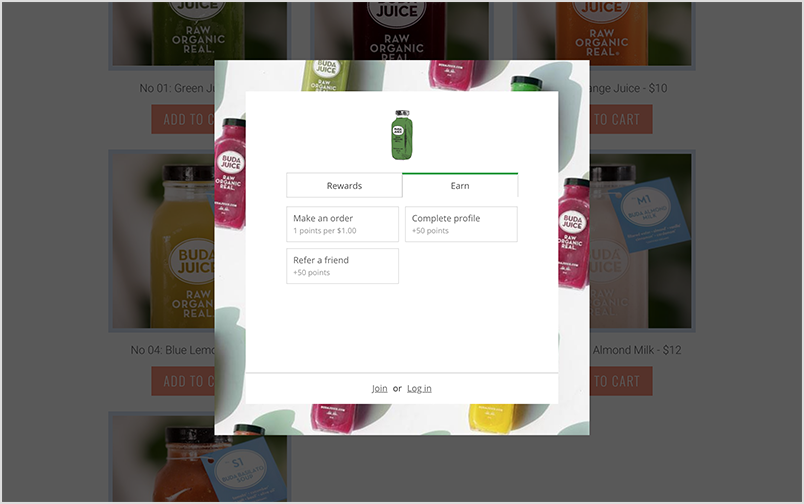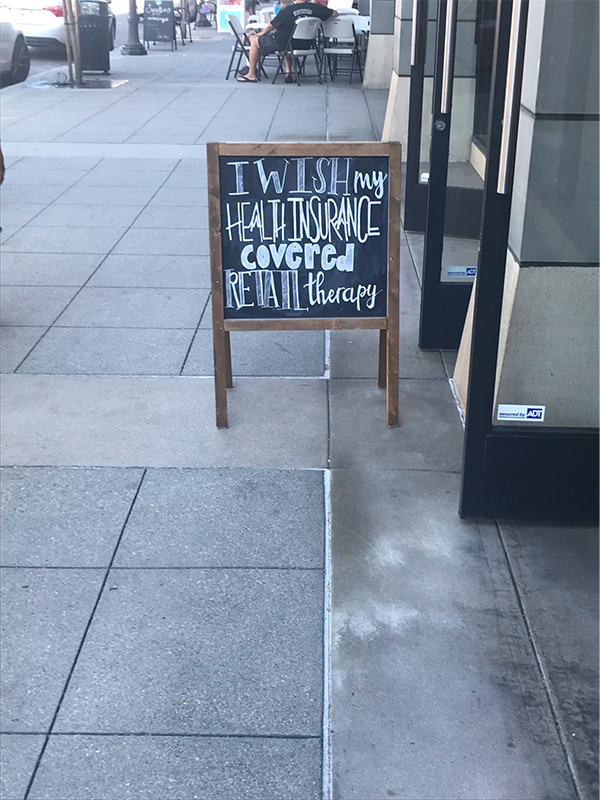

Getting (and staying) in front of customers is one of the biggest challenges almost every small business owner faces. Not only are attention spans shorter than ever, but advertising costs are increasing rapidly, so it can be difficult to reach your target audiences if you’re on a budget.
If your small business needs more exposure, but you’re worried that your bottom line can’t handle the costs to promote your store, fret not. Here are 8 relatively low-cost advertising and marketing ideas you can try:
1. Get your local listings in order
Put your business on the map – literally. If you have a physical store and it’s not showing up on Google Maps, you’re missing out on tons of local traffic opportunities. Research has shown that 50% of consumers who conduct a local search on their phone visit a store within a day, while 34% of those who searched using their tablet or computer did the same.
Fortunately, getting your Google listing in order is free and easy. You can check out Google’s detailed instructions here, but here’s a quick rundown of the steps you need to take to set up your listing:
-
Go to the Google My Business website and sign in or create an account.
-
Enter your business information (i.e., name, street address, category, etc.).
-
Enter your phone number or website.
-
Verify that you're authorized to the manage the listing.
Also, note that Google isn’t the only directory in which you can list your business. To gain even more exposure, consider getting listed on:
2. Sponsor an event attended by your customers
Event sponsorship doesn’t have to be expensive, particularly if you’re doing it at a local level. Call your Chamber of Commerce to explore events or functions in your area and inquire about any sponsorship opportunities.
You can also use a website like Eventbrite or Meetup.com to find relevant events in your vicinity.. As Meetup organizer Shannon Liska points on Quora, each Meetup.com page has areas for sponsor ads, and organizers can charge companies $10 or $20 for running those ads.
Also, note that sponsoring an event doesn’t always have to involve cash. If you have space in your business, why not volunteer your location as a venue? If you’re selling workout gear, you could potentially host a yoga meetup in your store. You may need to open your shop a little earlier or temporarily close off a section for the class, but you’ll get the benefit of putting your products in front of relevant audiences.
3. Partner with other small businesses
You don’t have to market your business by yourself. There are likely plenty of other retailers who are on the same boat and are looking to get their business out there. So, why not come together and launch joint marketing initiatives?
Approach small businesses in your neighborhood or shopping center to see if they’d be open to any cross-promotional opportunities. Another option is to check for existing ‘Shop Small’ or ‘Shop Local’ movements going on in your community.
4. Work with influencers
Have you explored influencer marketing yet? If not, it may be time to do so, considering that about 92% of consumers trust influencers more than traditional celebrities and ads.
Working with influencers can prove to be a very effective marketing effort, and it doesn’t have to be expensive. The key is to work with individuals whose followers range from 2,000 to 50,000. Not only do these influencers charge less, but research has shown they have higher engagement rates.
According to IZEA, "People with 1,000 to 9,999 followers often have engagement rates around 7.4 percent," but by the time they've amassed over 100,000 fans, engagement rates drop to just 2.4%.
So, start exploring the influencer landscape in your industry. Identify micro-influencers in your niche and connect with them. Follow their accounts, engage with their content, and send them samples of your product. These actions can put your brand on their radar and help cultivate a relationship.
5. Encourage customer referrals
In addition to influencer marketing, you could also encourage your customers to recommend your business to their friends. Set up a referral program that incentivizes them to share your brand with others.
Buda Juice, a retailer that sells cold-pressed juices, does an amazing job at this. They've cleverly linked their loyalty program with a referral system that gives members 50 points for every friend that makes a purchase. Doing so not only encourages customers to join their loyalty program, but it drives referrals for Buda Juice in the process.

6. Make the most out of your store’s curbside
Putting up a ‘SALE’ sign on your store window is great and all, but if you want truly stop people in their tracks, consider using your curbside as well. Many local shops are now using sandwich boards outside their store to promote their products.
In some cases, you can even use these boards to tell a joke or display a witty remark. Here’s an example of a clothing store’s Welcome sign in Brea, CA, which says “I wish my health insurance covered retail therapy.”

7. Go beyond advertising your products
If your current ads or promotional content aren’t working, you may want to take a second look at your call to action within you messages, to see if it’s compelling enough. Chances are if all you’re doing is advertising your products, then shoppers aren’t resonating enough with your brand.
Rather than just promoting your merchandise, start telling genuine stories or share content that promotes your values. Consumers like supporting businesses that they can relate to and one of the ways to get your brand to resonate is to share deeper stories or content.
A good first step is to talk about your values and the reasons why you started your company. Mix up your product advertising with messages about your company’s mission. You may find that doing so allows you to connect with shoppers at a deeper level, which, in turn, could drive sales.
Buda Juice, once again, does an excellent job here. In addition to promoting their pressed juices, Buda Juice devotes ample space on their website to talk about their beliefs, passions, and values. They also mention their sustainability efforts and link to the causes and organizations they support.

8. Run a giveaway
When implemented correctly, giveaways be a low-cost way to get the word out about your brand and drive a specific call to action.
The key to running a successful contest lies on two things: your prize and the action that participants have to take.
Before running your giveaway, you first have to iron out your objectives. What do you want your contest to achieve? Are you looking to get more email signups? More Facebook likes? Do you want users to join your loyalty program? Identify your main goal, and then design your contest to drive that objective.
So, if your goal is to increase your social media fans, then the main call to action of your giveaway would be to follow you on social.
Your prize is also critical. Avoid generic prizes like an iPad or cash. These things may drive contest entry volume, but you’ll end up attracting people who are only in it for the prize. Instead, come up with something that your target customers would truly love. Product giveaways, in-store experiences, or “meet and greet the founder” are good options here. Such prizes are sure to only attract those who have a genuine interest in your business. You may not get hundreds of thousands of entries, but you’re sure to grab the attention of the people that count.
Final words
You don’t need to have deep pockets to run successful advertising or marketing campaigns. With some creativity, you can use the resources you already have or join forces with others and get tremendous results.
Let us know in the comments your favorite tips and tricks to get a good grounding for small business marketing. What’s worked for you or your contacts? What do you wish you knew more about?
And if you’re only just starting out, good luck. Let us know how you get on!

